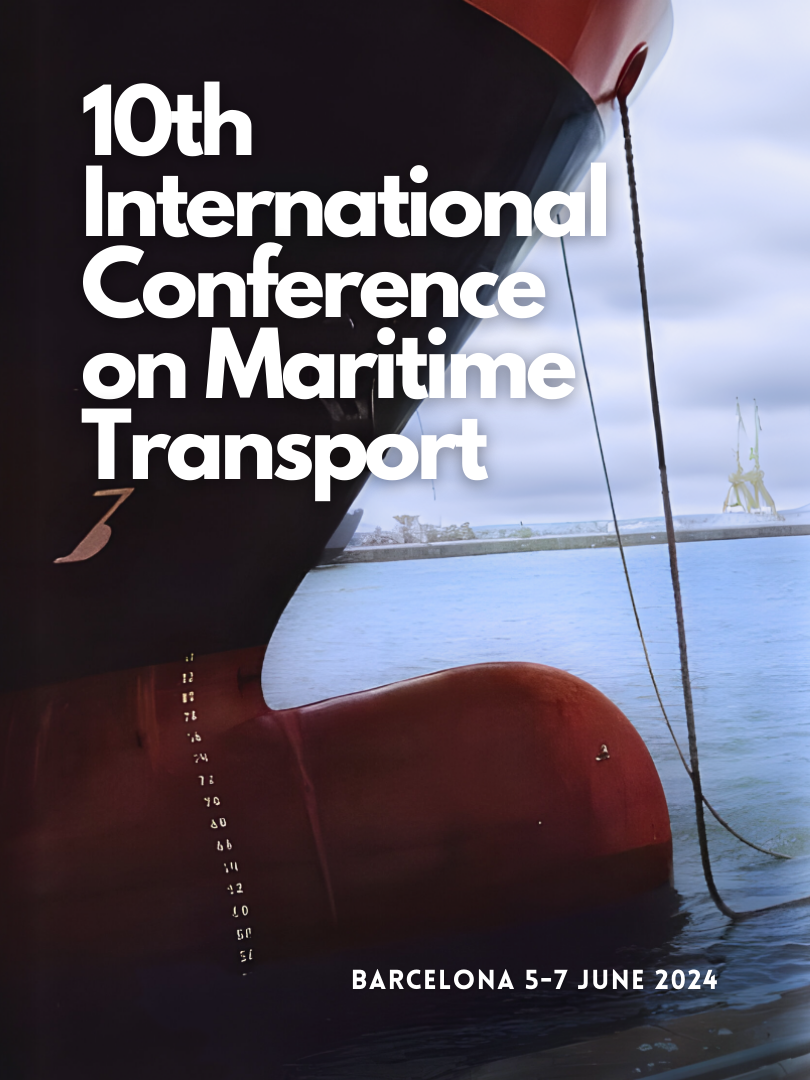CLIMATE GOVERNANCE: RELATIONSHIP BETWEEN THE PORT STATES, THE COASTAL STATES, AND THE FLAG STATES THROUGH THE VENN DIAGRAM.
DOI:
https://doi.org/10.5821/mt.13203Keywords:
climate change, maritime transport, GHG emissions, Risk Governance FrameworkAbstract
Climate change poses a unique challenge for global governance, particularly within maritime affairs. This study delves into MARPOL's role in enforcing environmental regulations under international law for effective climate governance. Shipping's substantial greenhouse gas emissions highlight the need for policies that transcend national boundaries, supervised by organizations like the International Maritime Organization (IMO). Port, Coastal, and Flag States each hold distinct responsibilities under international law, creating both challenges and opportunities for climate governance. Visualization through a Venn diagram can reveal overlapping authorities and potential gaps in regulatory coverage. Principles like no more favourable treatment and non-discrimination ensure fair enforcement across States. The complex governance landscape necessitates a deep understanding of international agreements and legal frameworks. Integrating theoretical foundations into a Venn diagram offers insights into relationships among maritime States, aiding in the coordination of climate efforts. Strengthened collaboration among these States is crucial for sustainable maritime climate governance and the protection of marine ecosystems from pollution.












